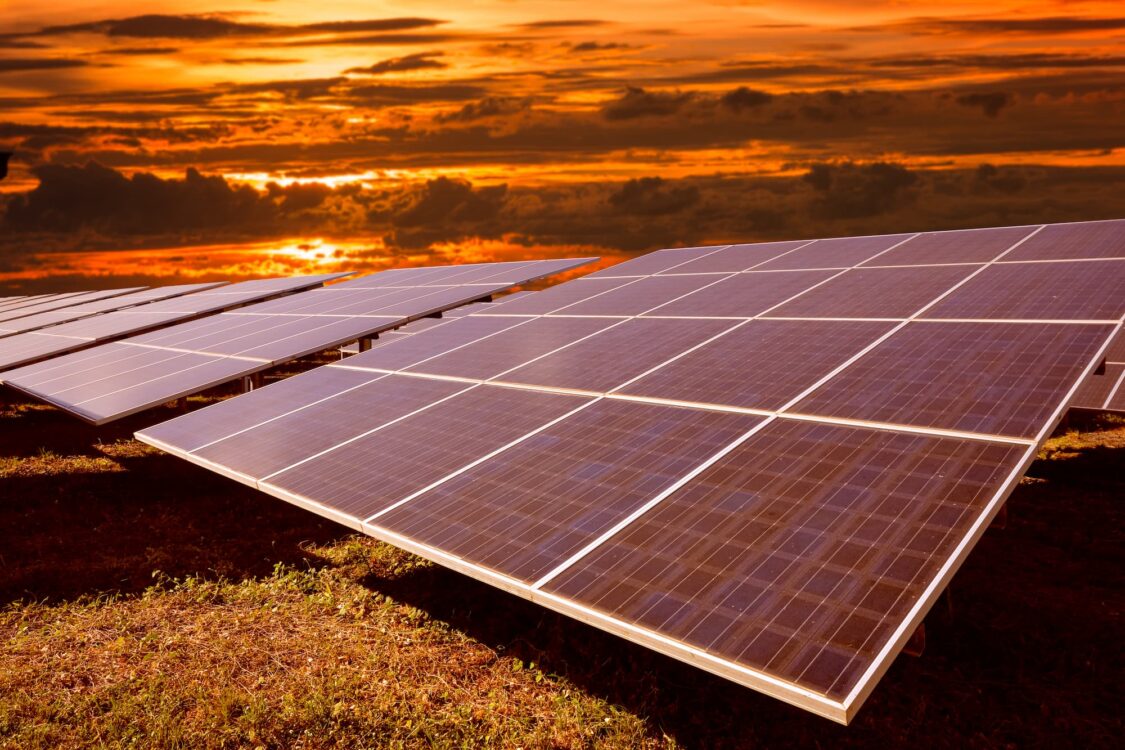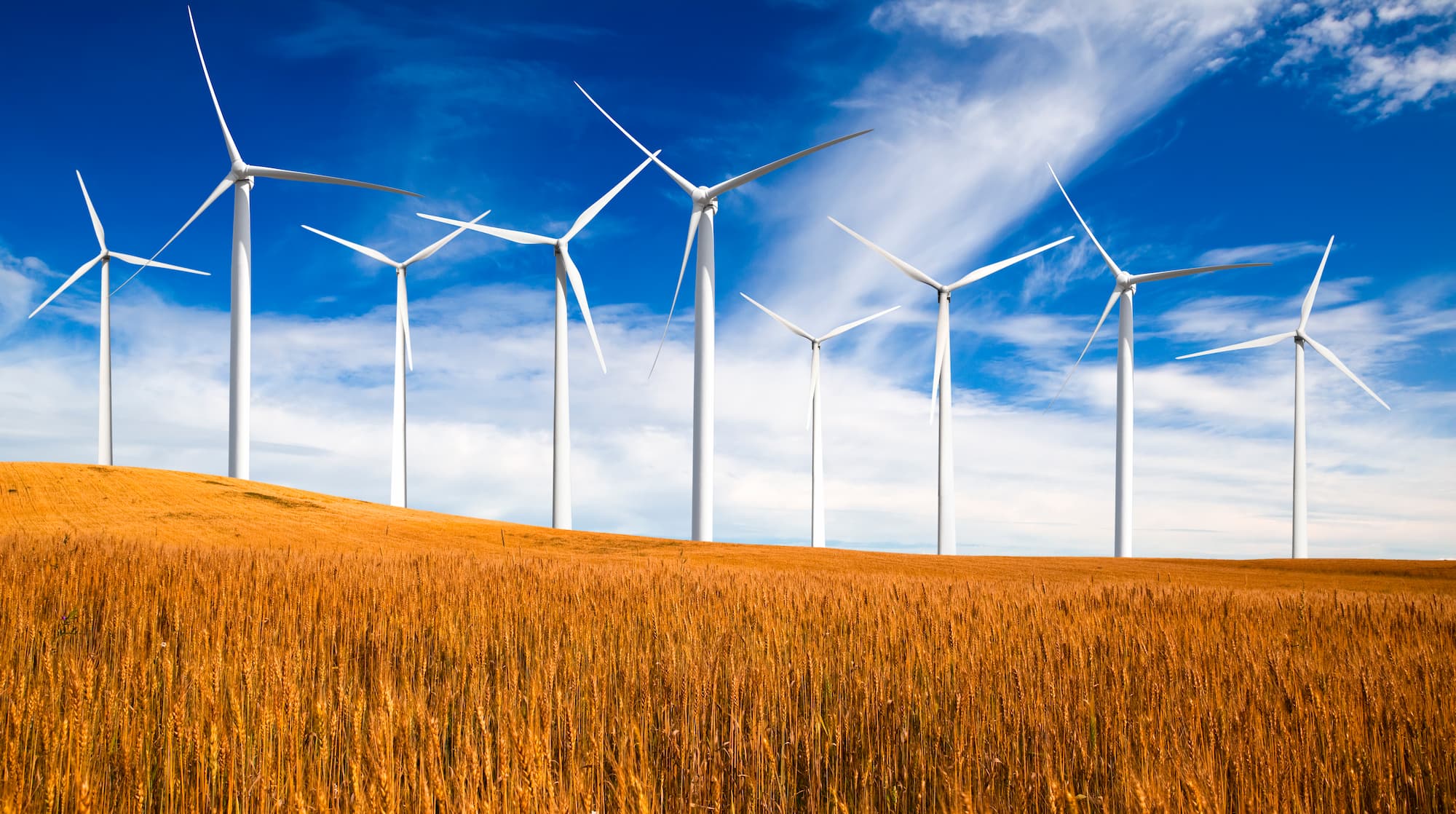The Benefits of Eco-Friendly Energy Sources
The world is facing an energy crisis. As the global population continues to grow, so does the demand for energy, and our traditional sources of energy such as fossil fuels are becoming increasingly depleted and damaging to the environment. As a result, many people are turning to eco-friendly energy sources in order to meet their energy needs without causing additional harm to the planet. Eco-friendly energy sources offer a variety of benefits, both for individuals and the planet as a whole.
The most obvious benefit of using eco-friendly energy sources is that they are renewable and sustainable. Solar, wind, and geothermal energy can all be used to generate electricity without depleting natural resources, meaning they can be used over and over again without causing any long-term damage to the environment. This is in stark contrast to fossil fuels, which are finite resources that cause pollution and other environmental damage when burned.
Eco-friendly energy sources also have economic benefits. Renewable energy sources are often cheaper than traditional forms of energy in the long run, as they do not require expensive fuel or maintenance costs. Furthermore, investing in renewable energy sources can create jobs and stimulate local economies, as it requires skilled workers to install and maintain them.
Another benefit of eco-friendly energy sources is that they can help reduce greenhouse gas emissions. Fossil fuels release large amounts of carbon dioxide into the atmosphere when burned, which contributes to climate change. By contrast, renewable energy sources such as solar and wind generate no emissions when generating electricity, helping to reduce air pollution and mitigate climate change.
Finally, using eco-friendly energy sources can help reduce our dependence on foreign oil and other fossil fuels. By investing in renewable energy sources such as solar and wind, we can reduce our reliance on imported fuels and become more self-sufficient in terms of our energy needs. This helps to make us less vulnerable to fluctuations in fuel prices and geopolitical events.
In conclusion, using eco-friendly energy sources offers a number of benefits both for individuals and the planet as a whole. Renewable energy sources are renewable, sustainable, often cheaper than traditional forms of energy, help reduce greenhouse gas emissions, and can help reduce our dependence on foreign oil. For these reasons, investing in eco-friendly energy sources is an important step towards creating a more sustainable future for us all.
Harnessing Renewable Energy for a Sustainable Future
The world is facing an unprecedented energy crisis. Climate change, population growth and the finite nature of fossil fuels all contribute to the ever-growing demand for energy. To meet this demand, we must look to renewable sources of energy such as solar, wind, and hydropower. Renewable energy is reliable, clean, and cost-effective. It can be used to power homes, businesses, and even entire cities. This post was created in cooperation with kupp.co
Harnessing renewable energy for a sustainable future is essential for the health of our planet. Renewable energy sources are plentiful and inexhaustible. They produce no harmful emissions and can be used to generate electricity without the need for costly or dangerous fuel sources. Furthermore, renewable energy technologies are becoming increasingly efficient and cost-effective. This means that more people can benefit from their use and that the cost of using renewable energy is decreasing over time.
Renewable energy can also be used to create jobs and spur economic growth. Investing in renewable energy technologies can create jobs in manufacturing, installation, maintenance, and other sectors. This can help reduce unemployment and poverty in regions where such opportunities are limited. Furthermore, the development of new renewable energy technologies can help reduce costs associated with energy production, providing a greater economic benefit to consumers.
In addition to being environmentally friendly and economically beneficial, renewable energy also has the potential to improve public health. Burning fossil fuels releases pollutants into the air which can cause a range of illnesses including asthma and lung cancer. By switching to renewable energy sources, we can reduce air pollution which will improve public health in the long run.
Harnessing renewable energy for a sustainable future is essential for the well-being of our planet and its inhabitants. Governments around the world must take action now to invest in renewable energy technologies in order to ensure a secure and prosperous future for all. Such investments will help create jobs, reduce pollution, and provide clean, affordable energy for generations to come.

The Rise of Eco-Friendly Energy Solutions
The rise of eco-friendly energy solutions has been one of the most encouraging developments of recent years. In an era where concerns about global warming, climate change, and other environmental issues have become increasingly prominent, there has been a growing demand for renewable and sustainable energy sources. The potential benefits of these solutions are immense and range from reducing emissions to providing more reliable, affordable energy.
In the past, renewable energy sources such as solar and wind were often seen as expensive and unreliable. However, advances in technology have dramatically reduced the cost of these solutions, making them much more viable for both businesses and households. Solar and wind power have become increasingly popular, with many countries investing heavily in the development of these technologies. Additionally, other renewable sources such as geothermal and hydropower have also become more widespread.
The use of renewable energy sources has numerous benefits. For example, they can help reduce emissions of greenhouse gases, which are responsible for global warming. Additionally, they are a source of clean energy that does not produce hazardous waste or pollutants. Renewable energy also helps to reduce dependence on fossil fuels, which are finite resources and are becoming increasingly expensive. Finally, renewable energy solutions are often much more reliable than traditional sources of energy, which can be affected by weather and other factors.
As the use of renewable energy sources has grown, so too has the demand for eco-friendly energy solutions. These include solutions such as energy efficiency measures, which reduce the amount of energy used in buildings and homes. Additionally, green building materials such as bamboo and cork can help to reduce the environmental impact of construction projects. Finally, green transportation solutions such as electric cars and hybrid vehicles can help to reduce emissions from transportation.
The rise of eco-friendly energy solutions has been an encouraging development in recent years. The potential benefits of these solutions are immense, ranging from reducing emissions to providing more reliable, affordable energy. As the demand for renewable energy sources grows, so too does the need for eco-friendly energy solutions. Through a combination of technological advances, government incentives, and consumer demand, we can continue to make progress towards a greener future.
The Potential of Clean, Renewable Energy Sources
Clean, renewable energy sources are a key part of the future of energy. The potential of these sources is enormous, and they offer the promise of a cleaner, more sustainable future.
Renewable energy sources are those that come from natural resources that are not depleted by use. These sources include solar, wind, geothermal, hydroelectric, and biomass. These sources are clean because they do not produce pollutants or greenhouse gases. They also have the potential to provide a reliable source of power for many years to come.
One of the most promising renewable energy sources is solar power. Solar power is produced by capturing the energy from the sun and converting it into electricity. This energy can be used to power homes, businesses, and even entire communities. Solar panels can be installed on rooftops or in open fields to capture the sun’s energy. Solar panels are becoming increasingly efficient and cost-effective, making them a viable option for many people.
Wind power is another form of renewable energy. Wind turbines capture the wind’s energy and convert it into electricity. Wind turbines can be placed in open fields or along coastlines to capture the wind’s energy. Wind power has been used for centuries and is becoming increasingly popular as an alternative source of energy.
Hydroelectric power is produced by capturing the energy from flowing water. This energy can be used to generate electricity or heat homes and businesses. Hydroelectric power plants can be found in rivers, lakes, and oceans around the world. The potential for this type of renewable energy is enormous, as there is an abundance of water available for use.
Geothermal power is produced by tapping into the heat generated by the earth’s core. Geothermal plants are built near active volcanoes or other hot spots on the planet. This energy can be used to generate electricity, or it can be used to heat homes and businesses. Geothermal power is becoming increasingly popular as an alternative source of energy due to its reliability and cost-effectiveness.
Biomass is another form of renewable energy that has the potential to revolutionize how we produce energy. Biomass is produced by burning organic materials such as wood, manure, and crop residues. This type of energy can be used to generate electricity or heat homes and businesses. Biomass is becoming increasingly popular as an alternative source of energy due to its cost-effectiveness and ability to reduce greenhouse gas emissions.
The potential of clean, renewable energy sources is immense, and they offer the promise of a cleaner, more sustainable future. As technology advances and costs decrease, these sources will become even more attractive options for producing electricity and heat for homes and businesses around the world. Renewable energy sources offer a viable solution for reducing our dependence on fossil fuels and helping to protect our environment for future generations.
Securing a Greener Future with Clean Energy Solutions
With the recent focus on climate change, securing a greener future has become an urgent priority. Governments around the world are looking for ways to reduce their carbon footprint and move towards more sustainable sources of energy. Clean energy solutions are an important part of this shift, as they offer a viable alternative to traditional fossil fuels.
Clean energy solutions can be divided into two categories: renewable and non-renewable. Renewable sources of energy such as solar, wind, and geothermal provide clean and renewable sources of power that can be used to generate electricity, heat homes and buildings, and power transportation. Non-renewable sources of energy such as nuclear, biomass, and hydropower are also viable options, although they require more upfront investment and have a greater environmental impact.
The benefits of clean energy solutions are numerous. They reduce emissions of harmful pollutants, conserve natural resources, and create jobs in the renewable energy sector. Additionally, they can help reduce energy costs for businesses and consumers alike. Furthermore, they provide a reliable source of energy that can help to stabilize the electric grid and reduce reliance on imported fossil fuels.
In order to make the most of clean energy solutions, governments must take steps to encourage their development and use. This includes providing incentives for businesses to invest in renewable energy technologies and creating policies that promote the use of clean energy solutions. Governments should also invest in research and development to find new ways to generate clean energy.
In addition to government action, individuals can also do their part to secure a greener future. By making small changes in their daily lives such as reducing their electricity usage or switching to renewable sources of energy, individuals can help reduce their own carbon footprints. Additionally, individuals can support local initiatives such as community solar projects or wind farms that will help their communities become more sustainable.
With a collective effort from governments, businesses, and individuals, we can move closer to securing a greener future with clean energy solutions. By investing in renewable sources of energy and taking steps to reduce our reliance on fossil fuels, we can create a more sustainable future for generations to come.


Leave a Reply